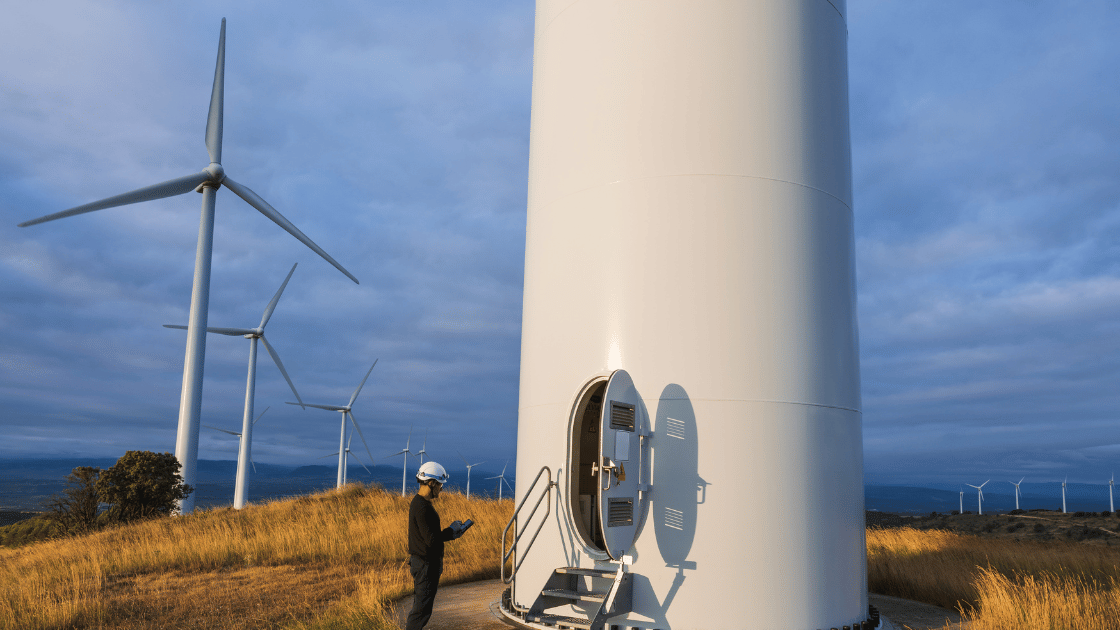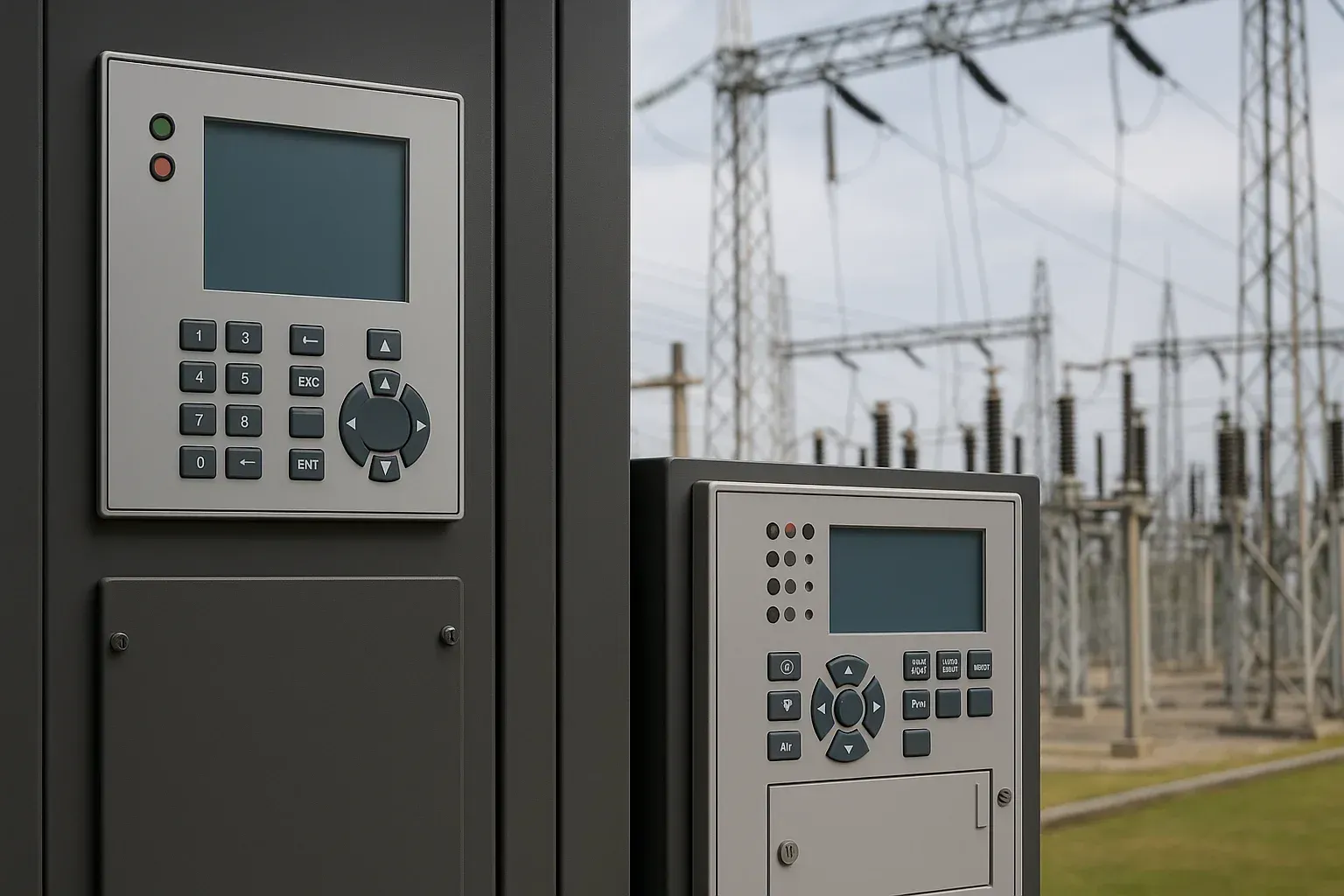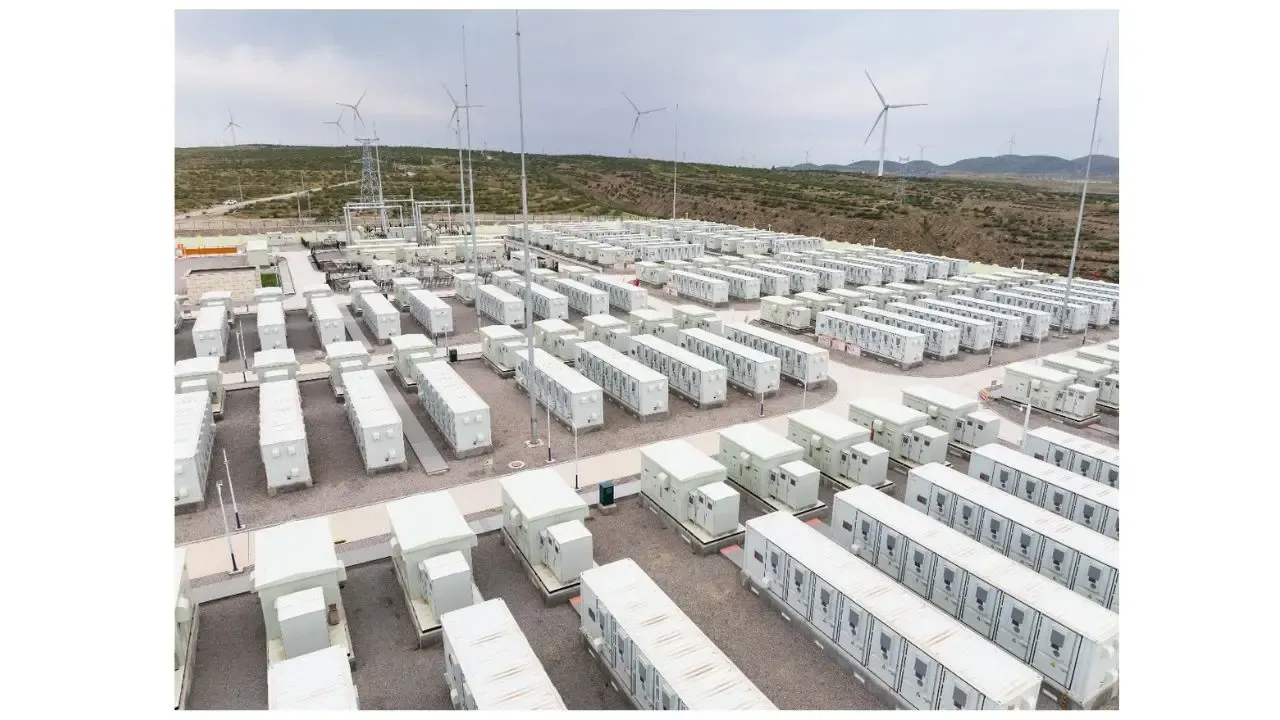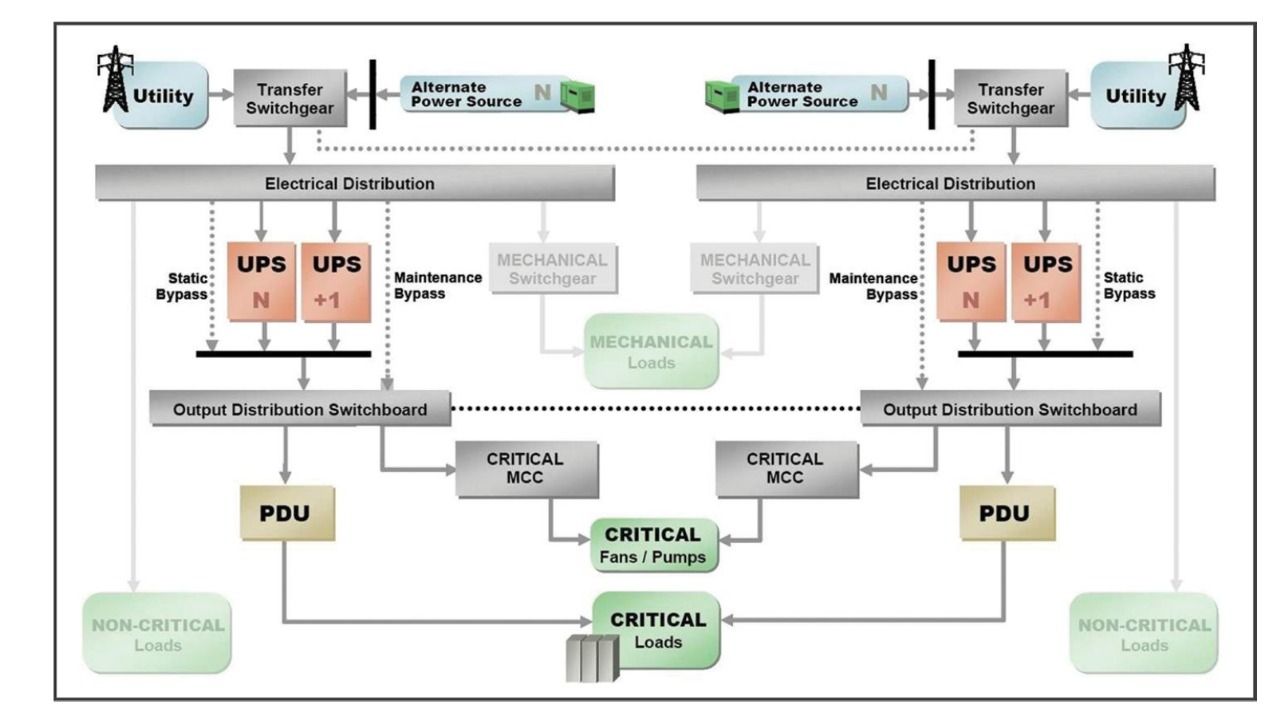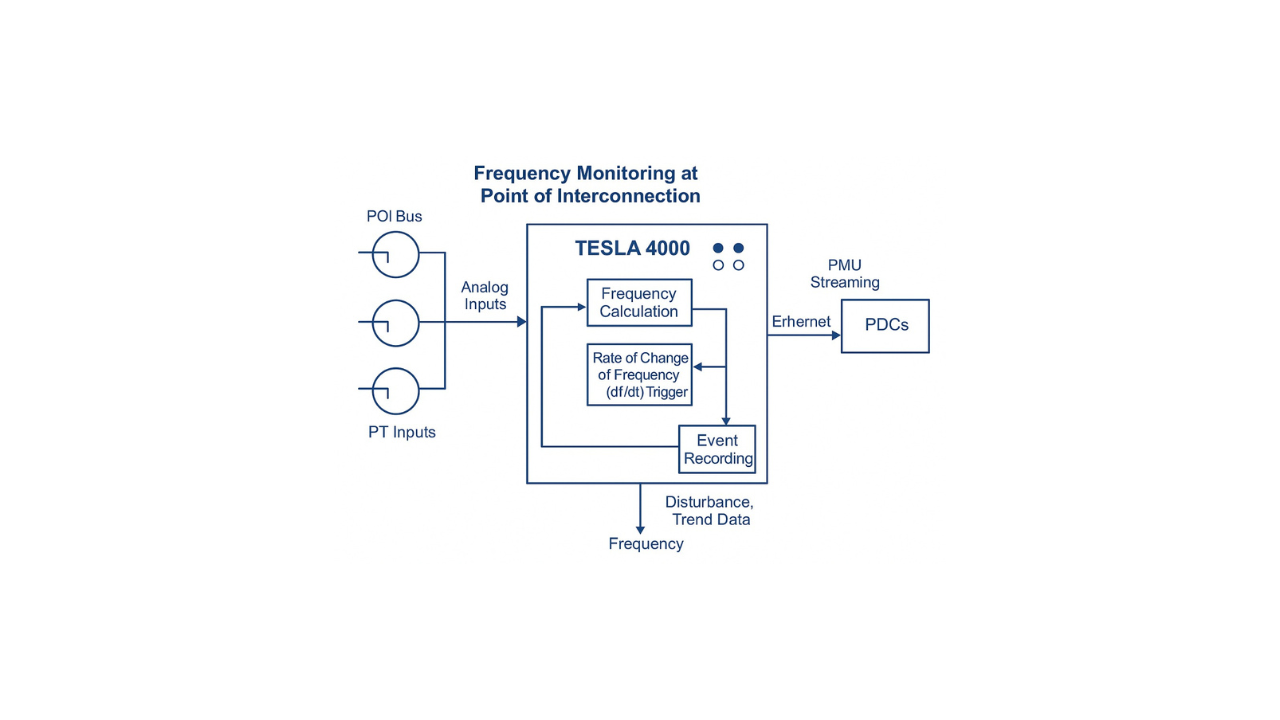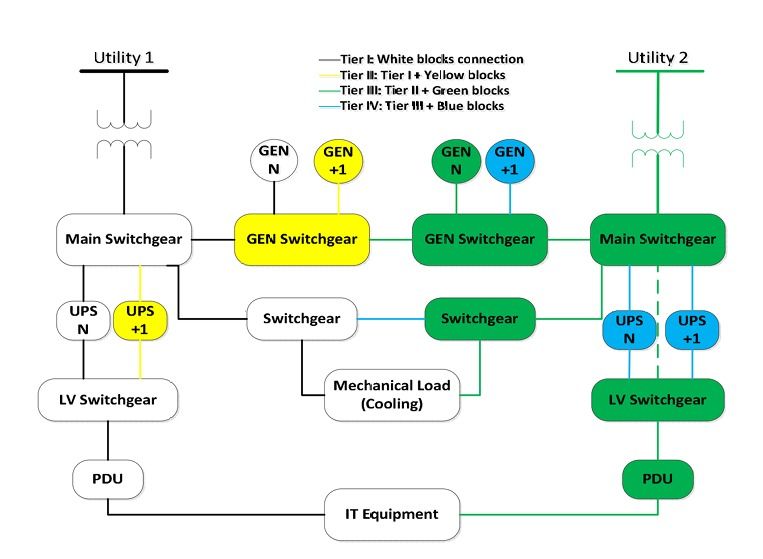A Coordinated Electric System Interconnection Review—the utility’s deep-dive on technical and cost impacts of your project.
Challenge: Frequent false tripping using conventional electromechanical relays
Solution: SEL-487E integration with multi-terminal differential protection and dynamic inrush restraint
Result: 90% reduction in false trips, saving over $250,000 in downtime
NERC Alert 3 Essential Actions to Industry- Inverter-Based Resource (IBR) Performance and Modeling
July 05, 2025 | Blog
Issued on May 20, 2025, this NERC Level 3 Alert outlines critical responsibilities for Transmission Owners (TOs), Transmission Planners (TPs), Planning Coordinators (PCs), and Generator Owners (GOs) to improve the modeling, validation, and performance of inverter-based resources (IBRs). As grid reliability increasingly depends on accurate IBR integration, this advisory emphasizes transparent interconnection criteria, validated models, and coordinated planning practices across the electric power industry.
Transmission Owners (TO): Updated IBR Interconnection & Modeling Criteria
Transmission Owners (TOs) play a vital role in ensuring reliable grid integration of inverter-based resources (IBRs). Under
NERC’s May 2025 Level 3 Alert, TOs must strengthen generator interconnection criteria with clearly defined IBR-specific performance standards to reduce the risk of modeling-related disturbances and improve long-term system stability.
Key Responsibilities for TOs
Enhance Generator Interconnection Requirements
TOs must revise interconnection standards to include precise IBR modeling expectations, such as:
- Reactive power control modes, deadbands, and droop settings
- Frequency response behavior under grid disturbances
- Voltage and frequency ride-through capabilities
- Defined post-disturbance recovery expectations
- Continuous voltage operation limits and reactive power performance
Ensure Transparent Public Access
Updated interconnection criteria should be publicly accessible (e.g., via OASIS platforms) to support transparency, consistency, and industry-wide adoption.
Coordinate With Planning Entities (TPs and PCs)
TOs must actively collaborate with Transmission Planners (TPs) and Planning Coordinators (PCs) to ensure alignment between interconnection policies and broader system planning goals. This coordination ensures that system studies, model assumptions, and validation protocols reflect real-world performance expectations for IBRs.
Timeline
Acknowledgment Deadline: May 27, 2025
Full Response Submission: August 18, 2025
These actions align with broader efforts to standardize IBR performance modeling. For context on compliance steps and coordination best practices, see our
NERC Compliance Services page.
Transmission Planners (TP) and Planning Coordinators (PC)
Responsibilities
To comply with NERC Alert Level 3 for IBRs (Inverter-Based Resources), Transmission Planners (TPs) and Planning Coordinators (PCs) must take decisive steps to improve modeling accuracy, grid reliability, and planning transparency. Their responsibilities include:
Revise IBR Planning Policies
- Integrate enhanced inverter-based resource performance criteria into local and regional planning protocols.
- Define performance benchmarks for voltage stability, frequency response, and ride-through events.
Improve IBR Modeling and Study Practices
- Require accurate and verified dynamic models for all IBR components.
- Collect validation reports, parameter mappings, and test results directly from Generator Owners (GOs) and OEMs.
- Encourage commissioning tests and staged validation aligned with real-world system behavior.
Establish Feedback Loops for Model Accuracy
- Monitor and document any IBR model revisions or field changes.
- Ensure model parameters reflect actual equipment performance under grid disturbances.
- Conduct
retrospective model reviews to detect deviations and implement necessary corrections.
Foster Transparent Coordination
- Share model updates and planning assumptions across TOs, GOs, and system operators.
- Support uniform interconnection studies and coordinated system impact assessments.
Timeline
- Acknowledgment Due: May 27, 2025
- Full Response Deadline: August 18, 2025
Generator Owners (GO): IBR Model Validation, Data Accuracy & Change Management
Responsibilities
Generator Owners (GOs) are critical to the reliability of inverter-based resources (IBRs). Under the NERC Level 3 Alert (May 2025), GOs must focus on model accuracy, data traceability, and ongoing performance validation to ensure their equipment behaves as expected under real-world grid conditions.
Model Accuracy & Benchmarking
- Acquire and maintain validated models that align with actual field performance.
- Compare EMT (Electromagnetic Transient) and PSPD (Positive Sequence Phasor Domain) models with measured behavior.
- Use control settings that directly reflect product specifications to eliminate modeling discrepancies.
- Conduct conformity assessments between the installed configuration and the approved interconnection design.
Process Improvements & Change Management
- Set critical control parameters early during system design to prevent delays in interconnection approval.
- Track firmware upgrades, control mode changes, or protection adjustments with a traceable version history.
- Notify Transmission Planners (TPs) and Planning Coordinators (PCs) when any changes could affect model accuracy or plant behavior.
Data Management & Retention Protocols
Store all relevant inverter and plant-level settings in an accessible, up-to-date system. This includes:
- Inverter/turbine specs
- Voltage/frequency ride-through settings
- Protection parameters
- Plant controller modes and firmware versions
Include IBR model support requirements in contracts with OEMs and vendors.
Timeline
- Acknowledgment Due: May 27, 2025
- Full Response Deadline: August 18, 2025
Summary of IBR Compliance Actions & Deadlines
| Entity | Key Actions | Acknowledgment Deadline | Full Response Due | Implementation Timeline |
|---|---|---|---|---|
| TO | Update interconnection criteria with IBR specs | May 27, 2025 | August 18, 2025 | Self-determined (asked: 2025–2027) |
| TP/PC | Update planning criteria, model studies, and validate performance | May 27, 2025 | August 18, 2025 | Self-determined (asked: 2025–2027) |
| GO | Ensure accurate IBR models, manage data and changes, perform benchmarking | May 27, 2025 | August 18, 2025 | Self-determined (asked: 2025–2027) |
Frequently Asked Questions (FAQs) on NERC Level 3 Alert for Inverter-Based Resources
1. Is the Level 3 Alert enforceable under NERC Reliability Standards?
No. The Level 3 Alert is not a mandatory Reliability Standard under NERC enforcement. However, it is a strongly recommended action intended to prevent future IBR-related disturbances by improving system modeling and performance verification.
2. What are the consequences of not complying with this alert?
While there are no formal penalties under Section 215 of the Federal Power Act, failure to respond could lead to negative evaluations and potential gaps in system reliability planning and regulatory perception.
3. Are these modeling requirements applicable only to new IBR projects?
No. The NERC alert encourages all entities to review and update models for existing inverter-based resources, not just new interconnections, to ensure accurate system behavior during disturbances.
4. What type of documentation must Generator Owners (GOs) provide?
Generator Owners must submit and retain:
- Validation reports comparing modeled vs. field behavior
- Firmware versioning history
- Parameter mappings
- Protection settings
- Conformity assessments showing alignment between studied and installed equipment
5. Will these requirements influence future Reliability Standards?
Yes. The collected data and practices will inform upcoming Standard Authorization Requests (SARs), specifically updates to FAC-001 (Facility Interconnection Requirements) and FAC-002 (Facility Interconnection Studies).
6. How should compliance be reported?
Entities must submit their responses using the NERC Alert System, including acknowledgment and official documentation from authorized personnel.
7. Does this alert apply only to U.S.-based entities?
No. While U.S. entities are the primary audience, Canadian generator owners, planners, and transmission operators are also encouraged to voluntarily adopt the alert's guidance, as system reliability is regionally interconnected.
8. What is the core risk being addressed by this alert?
The key issue is the increasing frequency of disturbances caused by poorly modeled or unvalidated IBRs. These events can propagate grid instability if not addressed through coordinated modeling and benchmarking practices.
9. Which modeling types are involved in this alert?
The alert references multiple model types:
- EMT (Electromagnetic Transient) models
- Positive Sequence Phasor Domain (PSPD) models
- Standard dynamic library models
These must be validated against real-time operational data.
10. What is the expected role of OEMs (Original Equipment Manufacturers)?
OEMs are expected to:
- Provide detailed validation and benchmarking documentation
- Assist Generator Owners with control parameter settings
- Supply and update firmware-related data and specifications
Need Help Meeting NERC Level 3 Alert Requirements?
Keentel Engineering provides expert support for TOs, TPs, PCs, and GOs—covering model validation, interconnection criteria, and full documentation support.
NERC Level 3 Compliance for IBRs — Done Right with Keentel Engineering

About the Author:
Sonny Patel P.E. EC
IEEE Senior Member
In 1995, Sandip (Sonny) R. Patel earned his Electrical Engineering degree from the University of Illinois, specializing in Electrical Engineering . But degrees don’t build legacies—action does. For three decades, he’s been shaping the future of engineering, not just as a licensed Professional Engineer across multiple states (Florida, California, New York, West Virginia, and Minnesota), but as a doer. A builder. A leader. Not just an engineer. A Licensed Electrical Contractor in Florida with an Unlimited EC license. Not just an executive. The founder and CEO of KEENTEL LLC—where expertise meets execution. Three decades. Multiple states. Endless impact.
Services

Let's Discuss Your Project
Let's book a call to discuss your electrical engineering project that we can help you with.

About the Author:
Sonny Patel P.E. EC
IEEE Senior Member
In 1995, Sandip (Sonny) R. Patel earned his Electrical Engineering degree from the University of Illinois, specializing in Electrical Engineering . But degrees don’t build legacies—action does. For three decades, he’s been shaping the future of engineering, not just as a licensed Professional Engineer across multiple states (Florida, California, New York, West Virginia, and Minnesota), but as a doer. A builder. A leader. Not just an engineer. A Licensed Electrical Contractor in Florida with an Unlimited EC license. Not just an executive. The founder and CEO of KEENTEL LLC—where expertise meets execution. Three decades. Multiple states. Endless impact.
Leave a Comment
We will get back to you as soon as possible.
Please try again later.
Related Posts


